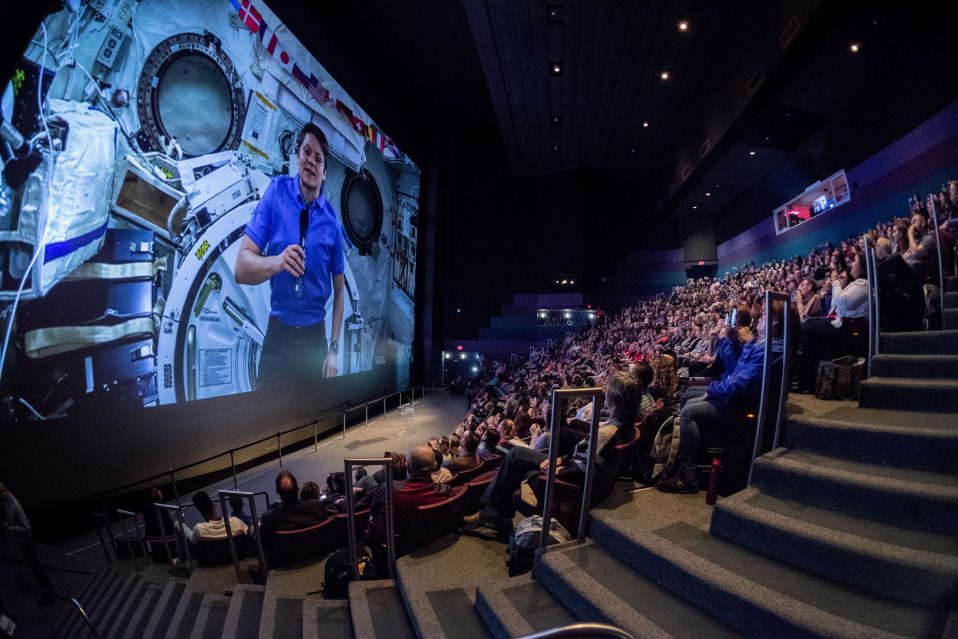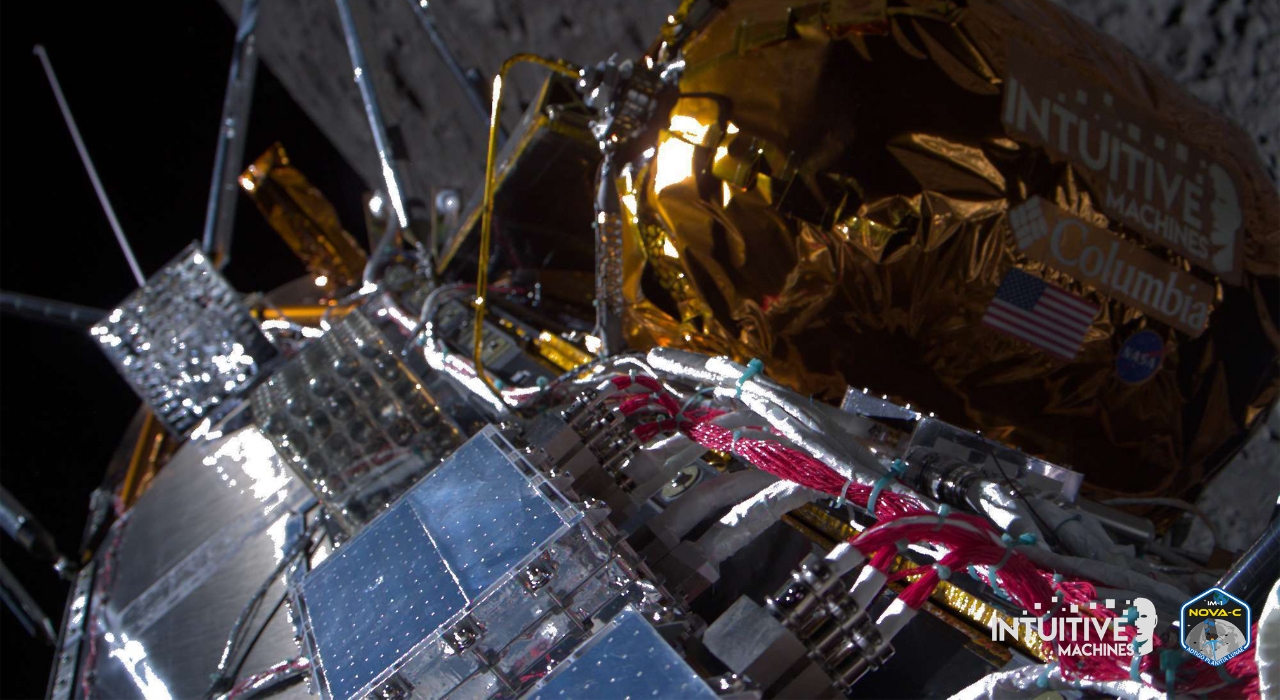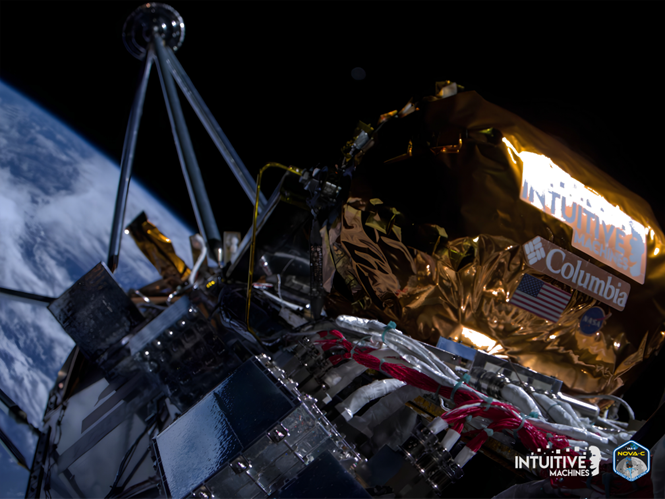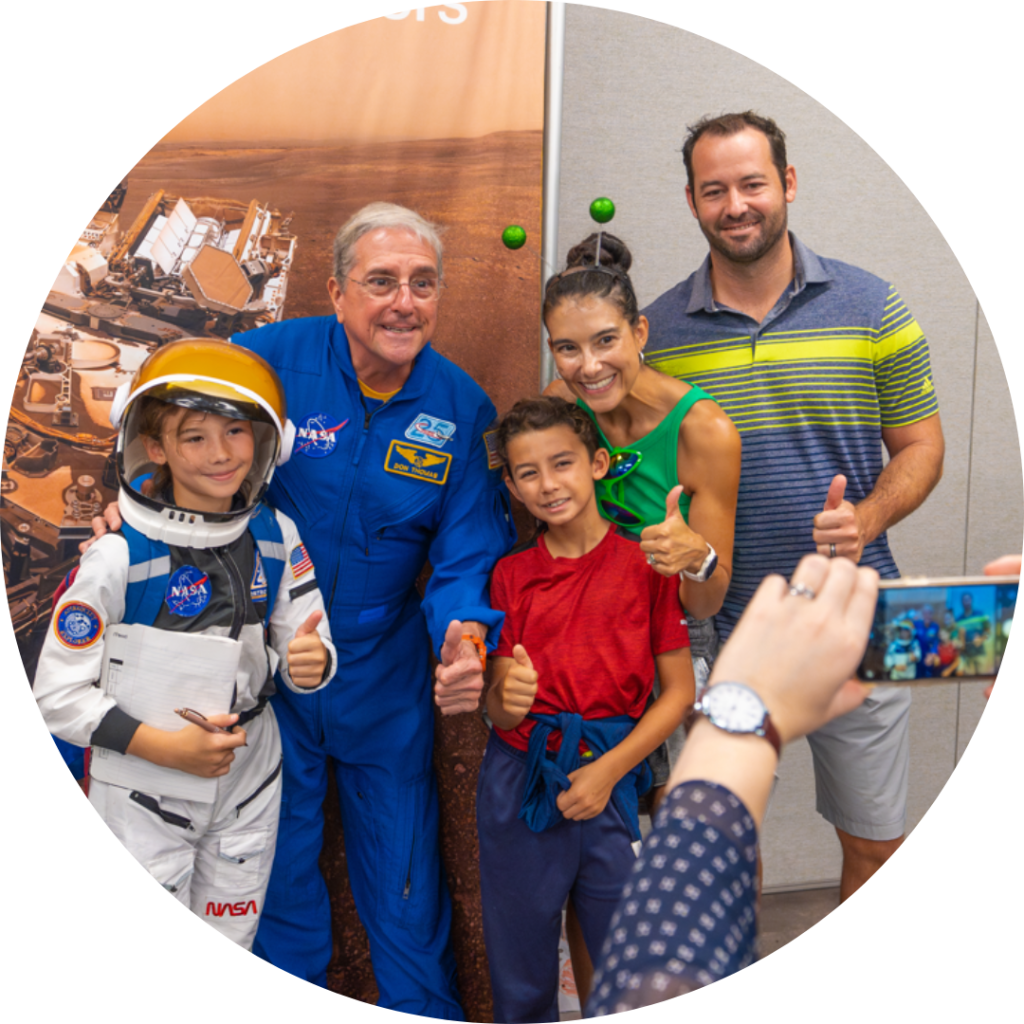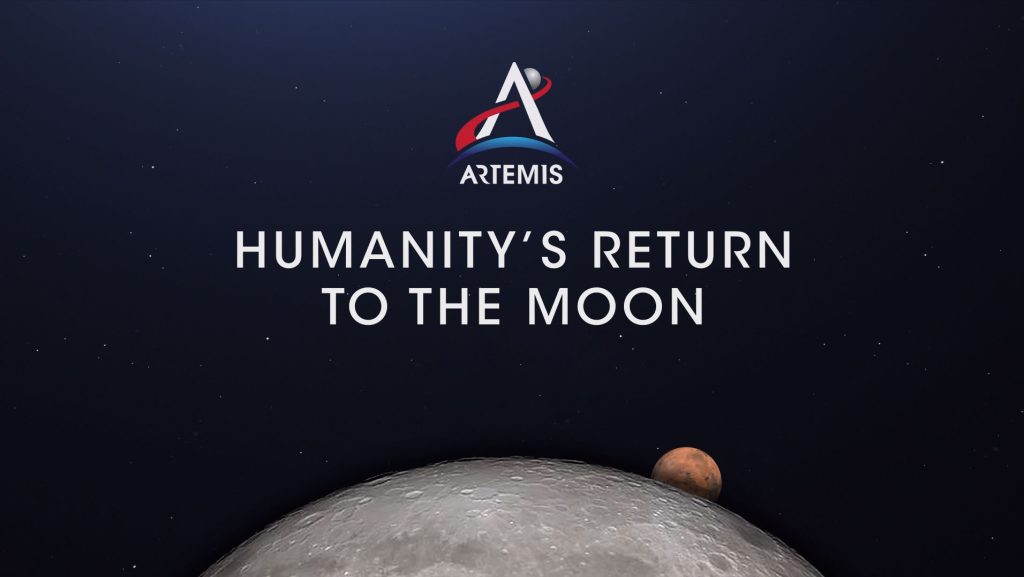
Take a closer look at the upcoming Artemis I flight, a mission that will pave the way for future lunar exploration, in our newest blog series.

Later this year, Artemis I will launch, kicking off a highly anticipated return to the Moon. It will be the first step in NASA’s next giant leap toward returning the next man and the first woman to the lunar surface by 2024.
Artemis I is an upcoming, uncrewed mission to the Moon and back. There will be no lunar landing, but this flight will lay the foundation on which future Artemis missions will build.
It is the first integrated test flight of NASA’s Deep Space Exploration Systems, which includes the Orion spacecraft, Space Launch System (SLS) rocket, and the Exploration Ground Systems at Kennedy Space Center (KSC).
According to NASA, the primary objective of this three-week mission will be to carry out a safe crew capsule entry, descent, splashdown and recovery. Traveling 280,000 miles from Earth, the Orion capsule will make history for venturing farther than any other human spacecraft has ever gone.
SLS will also carry 13 CubeSats (small satellites) that will be deployed to perform their own technology demonstrations and scientific investigations.
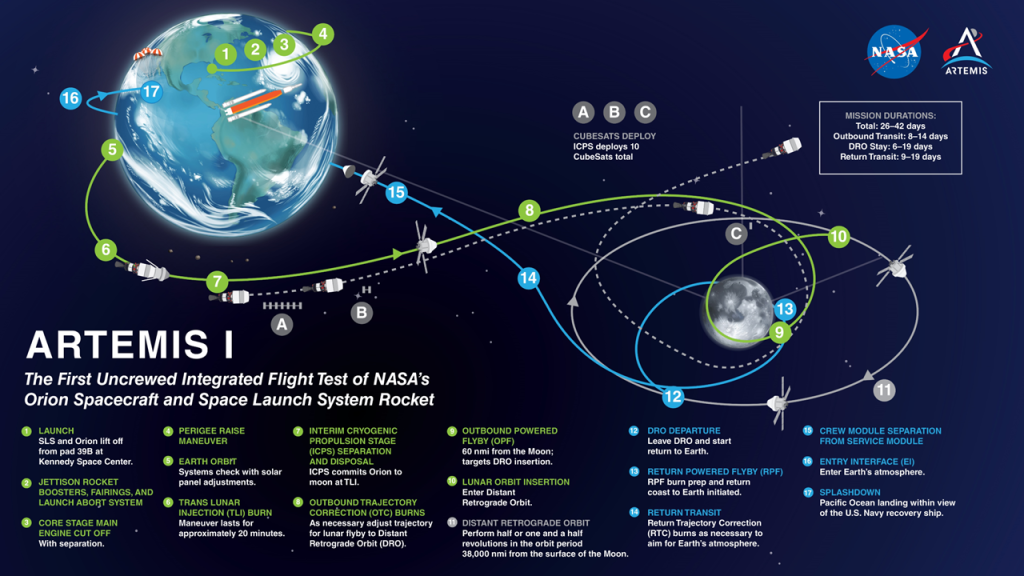
The uncrewed capsule will lift off from Launch Complex 39B at KSC atop the world’s most powerful rocket, the SLS, which is even more powerful than the mighty Saturn V rocket that carried the first men to the Moon.
It will then travel to the Moon over the course of several days, propelled by a European Space Agency (ESA) supplied service module.
Upon arriving at the Moon, Orion will do a close flyby at about 62 miles above the lunar surface. It will then enter a Distant-Retrograde Orbit (DRO) roughly 38,000 miles from the lunar surface. Orion will remain in lunar orbit for roughly six days to collect data and have its performance assessed by mission controllers on the ground.
The uncrewed spacecraft will do another close flyby before leaving lunar orbit. At the right time, the engines of the ESA service module will be fired up to set the command module on the proper trajectory toward Earth.
The flight concludes with the Orion capsule reentering the Earth’s atmosphere and a splashdown in the Pacific Ocean off the coast of Baja, California.
The total trip distance will be more than 1.3 million miles!
Watch the NASA clip below to learn more about the first Artemis mission to the Moon.
Artemis I is just the first in a series of increasingly intricate missions that will push the bounds of human space exploration.
Read more about the Artemis Program and its astronauts here.

